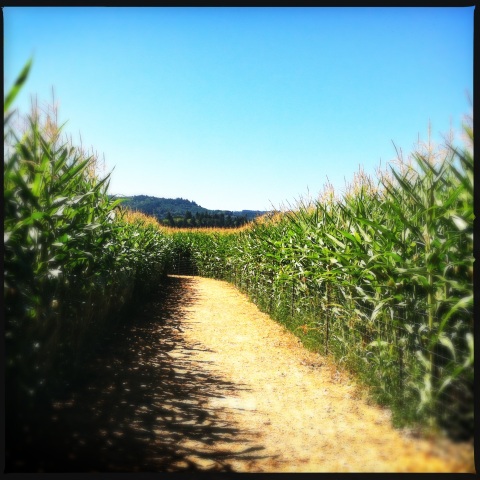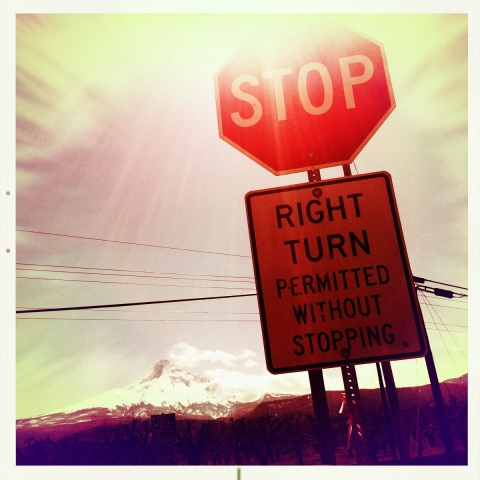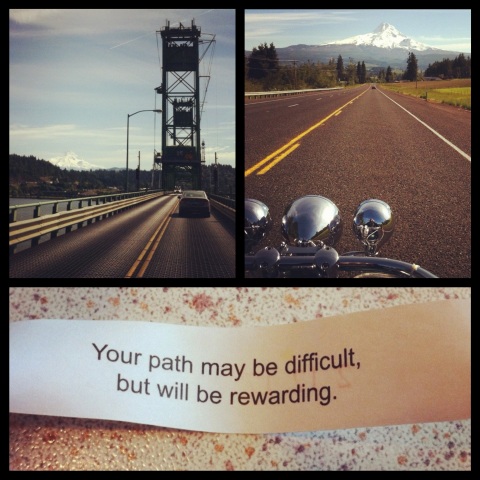Yes, Sauvie Island is actually an island. In fact, it is the largest island found along the Columbia River and is one of the largest islands in the continental U.S. And what an interesting little [or big!] island it is – with a wildlife refuge in the north, rural farmland in the south, and riverbank beaches dotting all along the eastern edge. And being only 10 miles north of Portland, it’s the perfect daytrip to soak up some of the late summer sunshine or get your fill of fall foraging at the same time!
Top 5 Things to do on Sauvie Island:
- Visiting the myriad U-Pick Farms for seasonal fruits, veggies & flowers (bring some extra boxes or bags to stock up – this stuff is amazingly good at amazingly low prices!) One of my personal favorites is the aptly named, Pumpkin Patch, and a portion of their business proceeds help to benefit agricultural start-ups in rural Africa – so go spend your money there!
- Hiking in Wapato State Park and along the various trails (often times, just mowed grass along fields), including Warrior Rock Lighthouse Trail, that criss-cross the island. I am not much of a hiker, so your best bet is to check with the experts at Every Trail for their insights on the hiking scene.
- Beaching it along the riverside – an activity that I could be an expert in! Walton Beach is the main beach, roughly 10 miles after the bridge access to the island, with plenty of parking. Getting over the “hump” to the beach is sometimes a bit tough with family & food in tow, but you’ll manage just like everyone else! If you’re looking for something a bit more… well, daring… you could check out Collin’s Beach, a partially (or sometimes entirely) nude beach supervised by the Oregon Clothing Optional Beach Association (yup, that exists!). It’s even further down the road than Walton – probably for good reason – and you’ll have to brave some gravel, rather than paved roadway, to get there. But go ahead, get adventurous!!
- Bird watching & bird hunting… not sure that those two should go together, and yet, they are both done in the Sauvie Island Wildlife Area. I’ll stick to the more peaceful of the two pursuits: Bird watching is a popular pastime in the Pacific Northwest, aided by the very active Portland Auduban Society. Sauvie Island claims over 250 species of birds call Sauvie Island home throughout the year, including bald eagles. The best viewing times are generally in the late winter & early spring with viewpoints along Virginia Lake and at Coon’s Point.
- Boating or kayaking around Sauvie Island is also a popular endeavor, but not an easy one – it is roughly a 50 mile trip to circumnavigate the entire island. The perks? No wake zones, plenty of ramps and docks, and lots of wildlife to keep you company along the way!
A suggested itinerary for a Late-Summer-into-Early-Fall trip to Sauvie Island:
- Start off the morning at The Pumpkin Patch with a trip through the cornmaze (open starting Labor Day each year) and a trip through the animal farm and country market. Be sure to pick up plenty of picnic-like snacks for your next stop.
- Purchase a $7 Parking Permit and continue to Walton Beach, or Collin’s Beach if you dare to bare! Unpack your snacks and set up “camp” in the afternoon sunshine – bring a couple extra layers, just in case! Eat, relax, and people watch as the windsurfers, kayakers, and swimmers pass by.
- Pack up (remember, a true Portlander leaves no trace – aka, trash – behind!) and continue up the road to check out some more of Wapato State Park’s wildlife viewing areas and lookout points. You might even have time for a mid-afternoon hike, if you’re speedy!
- Head back towards the bridge with at least a couple hours of sunlight left and make some pitstops at U-Pick Farms along the way to stock up on pears, apples, berries, tomatoes, gourds and maybe even a bunch of fresh-cut flowers. Be sure to save space in the trunk for your veggie & fruit loot between the sandy blankets and swampy shoes! 🙂
- Enjoy an evening drive back to the city while planning your butternut squash ravioli and triple berry crisp. Yum!!
Before you cross over the bridge, its worth checking out Sauvie Island’s FAQs Site so that you are familiar with some of their weird guidelines and visiting information – ie, parking permits, no gas stations, and limited places to purchase food and supplies, ha!
And regardless of what you decide to do, or see, or pick, or watch, you’ll discover what many Portlanders discover on their first trip out to Sauvie: an ecological microcosm, a refuge and getaway, so diverse and so beautiful, as though it was miles… or world’s… away.











